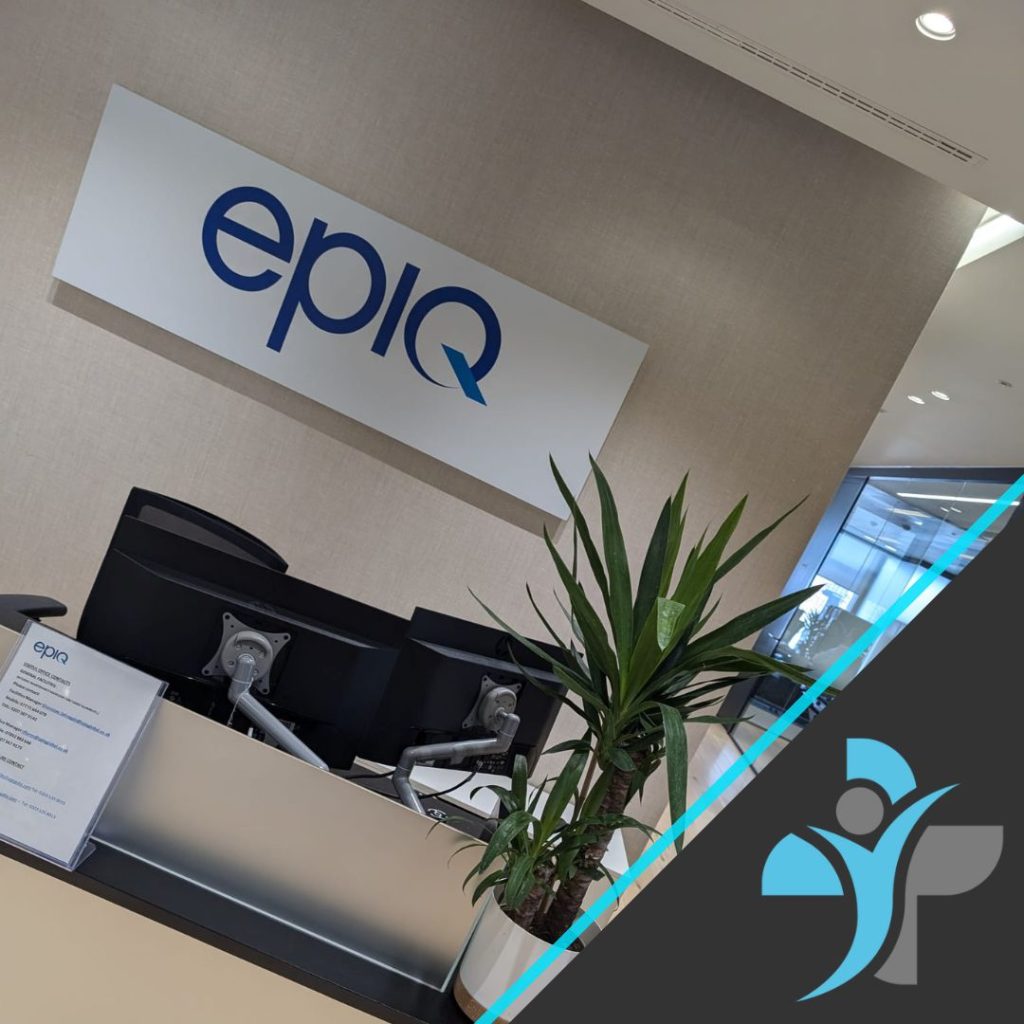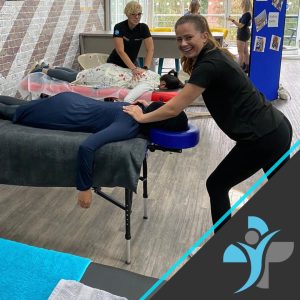Office Massage for Epiq Global’s Employees for their Corporate Wellness Event
Livewell Health recently had the pleasure of working with Epiq Global for a rejuvenating corporate wellness event in the heart of London providing expert level office massage. As a company committed to enhancing workplace well-being, Livewell Health brought its expertise to Epiq Global, the office massage was done on chairs providing luxury with space saving, great for offices with limited space. Our team were there to provide much needed stress relief and boost employee morale.
Epiq Global, a leading provider of legal and business services, understands the importance of maintaining a healthy and productive workforce. This event marked another milestone in our ongoing collaboration, as we have been fortunate to work with Epiq Global on three occasions over the past year. Each visit has allowed us to build a deeper connection with their team and understand their specific wellness needs.
The recent event saw enthusiastic participation from Epiq Global employees, who were eager to take a break from their busy schedules and indulge in a few moments of relaxation. Our professional massage therapists provided personalised on site chair massages, focusing on areas prone to tension and stress. The feedback was overwhelmingly positive, with many employees expressing gratitude for the opportunity to unwind and recharge.

Office massages are a cornerstone of Livewell Health’s corporate wellness programs, offering a quick yet effective way to alleviate physical strain and promote mental clarity. These sessions are particularly beneficial in high-pressure environments like Epiq Global, where employees are often engaged in demanding tasks. By integrating wellness initiatives such as these into their routine, companies can significantly enhance employee well-being, reduce absenteeism, and foster a more positive work environment.
We look forward to continuing our partnership with Epiq Global and helping their team thrive. At Livewell Health, we believe that a healthy workplace is a productive one, and we are dedicated to bringing the best in corporate wellness to our clients. Here’s to many more successful events together!
If you are interested in a corporate day for your team whether that’s massage or any other area of our wellbeing offering, please contact us today or make a booking enquiry.


